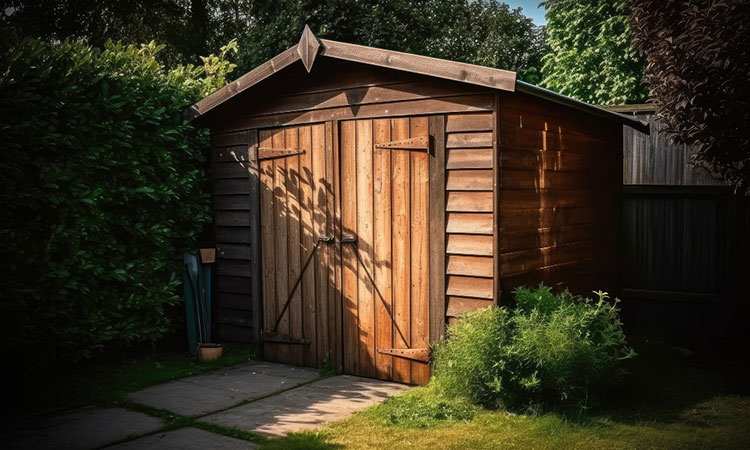
The humble outhouse, once a necessary but often neglected structure, can be transformed into a functional and charming addition to your property. Whether you’re seeking to preserve its historical significance or repurpose it for modern use, this guide will help you turn your outhouse into a practical and visually appealing space.
1. Assess the Condition
Before embarking on your transformation journey, assess the condition of your outhouse. Check for structural integrity, water damage, and signs of decay. Ensure the building is safe to work on and won’t require extensive repairs that might outweigh the benefits of the transformation. If your current outhouse is unusable, consider installing one of the available modern outhouse buildings to provide you with an extra space outside.
2. Preserve Its History
If your outhouse has historical significance or unique architectural features, consider preserving them during the transformation. This could mean keeping the original facade or repurposing materials like old wooden planks and hardware.
3. Determine the Purpose
Decide on the primary purpose of your transformed outhouse. Some popular options include:
- Garden Shed: Transforming the outhouse into a garden shed is a practical choice. It can store gardening tools, pots, and supplies while adding a rustic charm to your garden.
- Tiny Retreat: Convert the space into a tiny retreat or reading nook. Install comfortable seating, shelves for books, and cosy decor to create a peaceful escape.
- Bathroom: If feasible, turn the outhouse into an actual bathroom or powder room. This might require plumbing and sewage connections, so consult a professional if needed.
- Outdoor Shower: Consider transforming it into an outdoor shower area. Install a water source, a showerhead, and privacy screens for a refreshing and eco-friendly bathing experience.
4. Design and Decor
Plan the design and decor of your transformed outhouse based on its purpose. Use appropriate materials and colours to create a cohesive look. For a garden shed, consider earthy tones and rustic finishes. For a retreat, opt for soothing colours and comfortable furnishings.
5. Insulation and Weatherproofing
To make your transformed outhouse comfortable year-round, ensure it’s properly insulated and weatherproofed. This will help maintain a consistent temperature and protect your belongings.
6. Lighting and Ventilation
Install adequate lighting for the space’s purpose. Natural light is a bonus if you’re creating a retreat or bathroom. Add windows, skylights, or solar tubes if possible. Incorporate ventilation to keep the air fresh and prevent moisture buildup.
7. Furniture and Storage
Choose furniture and storage solutions that maximise the use of space. Shelves, hooks, and built-in storage can help keep the area organised and clutter-free.
8. Finishing Touches
Personalize your transformed outhouse with finishing touches. Hang artwork, install curtains or blinds for privacy, and add plants or flowers to enhance the ambience.
9. Regular Maintenance
Perform regular maintenance to ensure your transformed outhouse remains functional and visually appealing. Check for leaks, repaint when needed, and keep the interior clean and well-organised.
Conclusion
Transforming your outhouse can be a rewarding project that adds value to your property and brings new life to an old structure. Whether you choose to preserve its historical charm or repurpose it for modern use, careful planning and attention to detail will help you create a functional and visually appealing space that you, your family, and your guests can enjoy for years to come.
related post

Leave a Reply